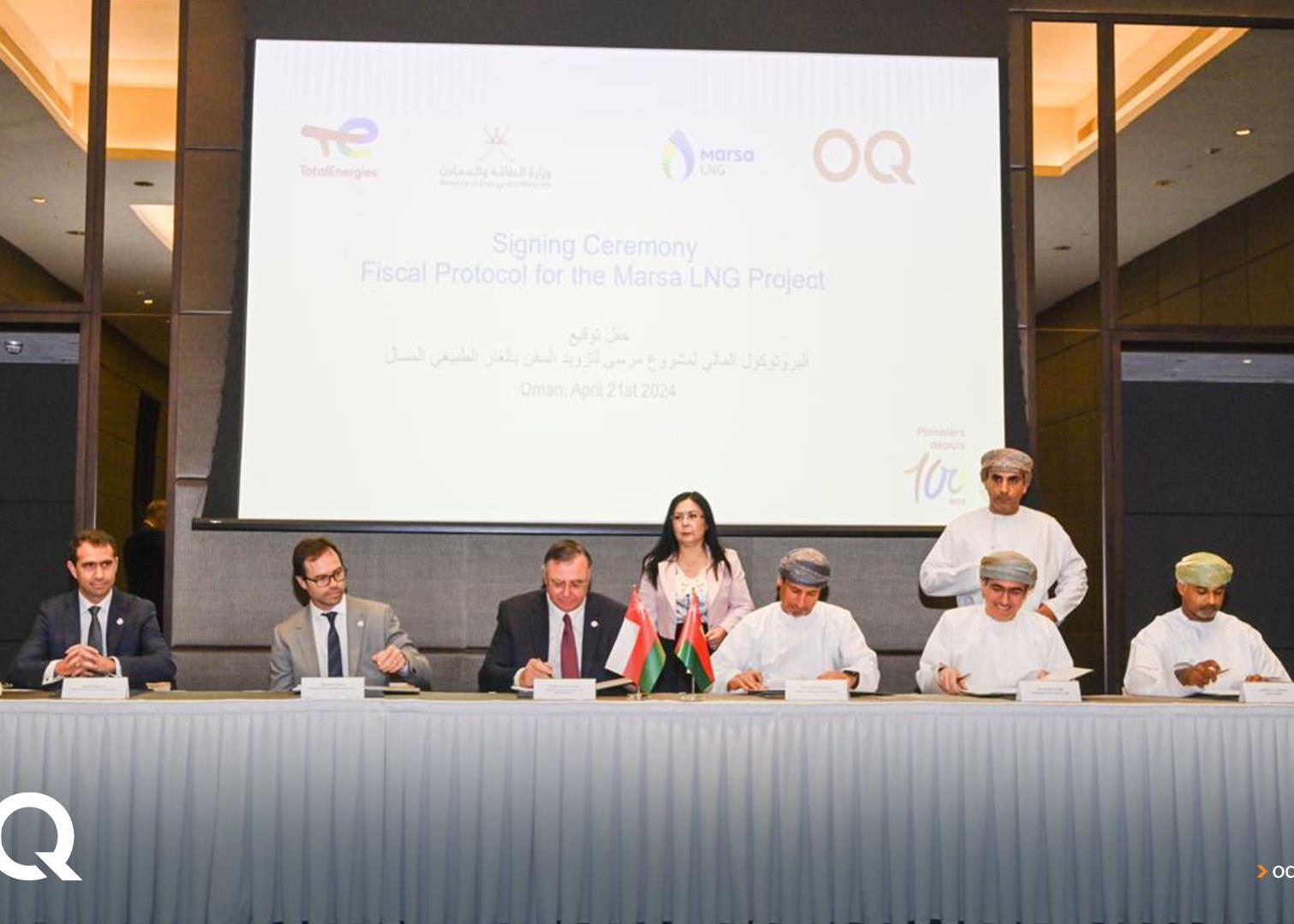
The IME may have its detractors, but few would quarrel with its comment in a 'recent report that the Qatari economy is 'presently poised at a crucial juncture.' Despite oil production at a 10-year high and the imminent start-up of the Qatar liquefied Gas Company (Qatargas), Qatar faces four hard years ahead. Debt service obligations are set to soar and the current account will swing deeper into deficit. The IMF warns in its Article IV report that without fiscal and economic reforms the debt burden may become unmanageable, putting pressure on the exchange rate and creating delays for a raft of oil and gas projects.
The authoritative report is not all doom and gloom, however. The IME made clear that by the turn of the century, Qatar's financial position would see significant improvement as the government starts to reap the rewards of its investment in liquefied natural gas (LNG) and enhanced oil production.
'In the short run, increased debt service payments will increase liquidity pressure and expose Qatar to the downside risks associated with oil market developments and international interest rates,' it said. 'In the long run, export receipts will be more than sufficient to meet debt service obligations.'
Moreover, the government can take some comfort that several policies recommended by the IMF are already under study by the Ministry of Finance, Economy & Trade. These include the creation of an official stock exchange ' expected to be formalised by the end of the year ' and the issuance of government bonds.
Nevertheless, the IMF suggested that other reforms should be adopted, including the phasing out of restrictions on foreign capital participation and on the setting of bank deposit rates. The government should also attempt to broaden its revenue base and prune the subsidies on its services, the fund said. It proposed a 17 per cent increase in utility tariffs, a 25 per cent hike in the cost of petrol, fees for health and education services, a 3 per cent duty to be levied on the profits of major companies and increases to the existing 4 per cent import duty on goods, among other measures.
If such measures are not adopted, the IMF forecast substantial budget deficits over the coming four years. In fiscal year 1996/97, the deficit is projected to reach a peak of QR 3,497 million or 12.3 per cent of gross domestic product (GDP). By fiscal 1998/99, it will fall back to QR 2,752 million and then to QR 134 million in 2000/2001. The projections indicate that the government will be able to meet its declared target of achieving a balanced budget in five years time.
The projected decline in the deficit will be achieved with the help of increased oil and gas revenues. Income from crude oil is set to rise by 60 per cent to $3300 million in 2001 from an actual $2,100 million in 1995, the IMF forecast. Government receipts will also be bolstered from 1997 onwards as earnings from the Qatargas LNG project start to trickle through, at an initial rate of $374 million a year. By 2001. Qatargas revenues will have grown to $1,219 million a year and will be supplemented by $665 million-worth of earnings from the Ras Laffan LNG Company (Rasgas) development.
The rise in hydrocarbons earnings will coincide with an increase in debt service costs, however. In one of the most illuminating sections of the report, the IMF said that total outstanding debt reached $5,684 million in 1995, equivalent to 78 per cent of GDP. As loan repayments kick-in on the LNG projects and infrastructure schemes, such as the Ras Abu Fontas B power station, the figure jumps to $10,384 million, or 107 per cent of projected GDP in 1999, before falling back to $10,059 million a year later.
You might also like...

Contractors win Oman Etihad Rail packages
23 April 2024

Saudi market returns to growth
23 April 2024

Middle East contract awards: March 2024
23 April 2024

Swiss developer appoints Helvetia residences contractor
23 April 2024
A MEED Subscription...
Subscribe or upgrade your current MEED.com package to support your strategic planning with the MENA region’s best source of business information. Proceed to our online shop below to find out more about the features in each package.






